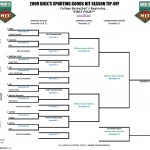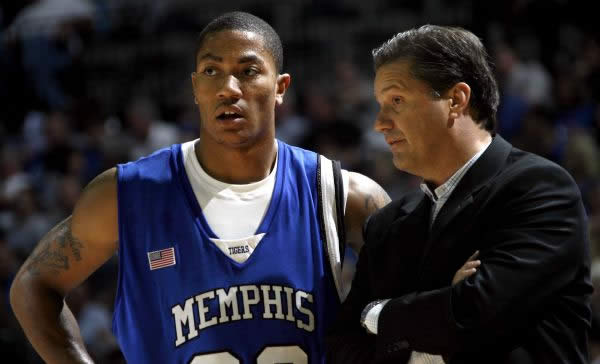Is This What Calipari’s Detractors Have Been Waiting For?
Posted by jstevrtc on May 28th, 2010In a story on the New York Times website, college basketball writer Pete Thamel and contributor Thayer Evans dropped a big Memorial weekend bomb on the Big Blue Nation, as the legions of University of Kentucky basketball fans around the world are known. According to the article, the NCAA is looking into former UK shooting guard Eric Bledsoe possibly having received improper benefits while in high school, specifically having his rent paid by his senior-year high school coach, Maurice Ford. The article also brings up the question as to whether or not Ford, in attempts to gather money to make such rent payments for Bledsoe and his mother, solicited money from at least one college coach in order for Bledsoe to sign with that coach’s school. Also raised is the matter of Bledsoe’s academic improvement after his original high school had shut down and he transferred to a private school; evidently the NCAA is inquiring as to how Bledsoe’s high school GPA could have dramatically jumped from 1.9 to 2.5 during his senior year, thereby putting him over the minimum NCAA standard to be eligible for a scholarship.
Mr. Ford, as Thamel and Thayer note, has denied all of the accusations. And according to Matt May of CatsPause.com, the folks at Kentucky haven’t even received a letter of inquiry about these issues.
If something actually comes from this, the bigger question will be how much the Kentucky program — and specifically John Calipari — actually knew about what was happening. Fans of the UK coach will note how, regarding the “troubles” at his former jobs at Massachusetts and Memphis, Calipari was never specifically dinged with any wrongdoing, and that the mistakes made by Marcus Camby and Derrick Rose were out of the realm of what Calipari could realistically police. On the other hand, Calipari-haters are about as giddy as Keith Olbermann watching George W. Bush fall down a flight of stairs. They’ve already tried the man and handed down a guilty verdict long ago, and have just been waiting for something on which they could pin it. Both sides would be well-advised to keep calm for now.
Unfortunately for Kentucky fans, it’s the program, and not necssarily the player or coach under investigation, that usually takes the hit if penalties are deemed necessary. If something comes from this — and again, we don’t know if anything will — could Kentucky be stripped of its 35 wins from last year, which would put them back behind that 2,000-win mark? Could those UK2K shirts become collector’s items? Or would the NCAA rule that Bledsoe simply has to pay back whatever money was borrowed? Since Bledsoe is no longer under the thumb of the NCAA, that might be tough to enforce. To be sure, even if there is something to be found here, the accusations will be tough to prove. Academic fraud at a high school is not as easy to verify as you’d think, and this matter of rent payments would be even tougher. Again, unfortunately for Kentucky supporters, the NCAA is detective, judge, jury, and executioner, and they get to determine what constitutes good, hard, believable evidence. And even if the NCAA finds something and says that the guilt lies totally with Eric Bledsoe and not with John Calipari or anyone at the University of Kentucky, it’s likely that the UK program would still feel the NCAA’s pimp slap while Bledsoe skates. IF that happens, you can bet that the Calipari-to-NBA talk will heat up again, and you’d have to figure that the UK recruits who didn’t sign letters of intent would suddenly start to reconsider.
We’ll see what happens. It’s still early days, yet. Considering the recent news out of Kansas and Connecticut…it’s been a tough week for some of college basketball’s leviathan programs.





























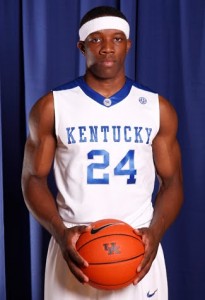
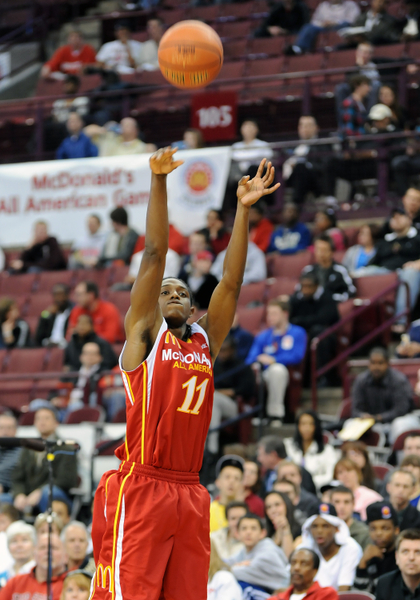
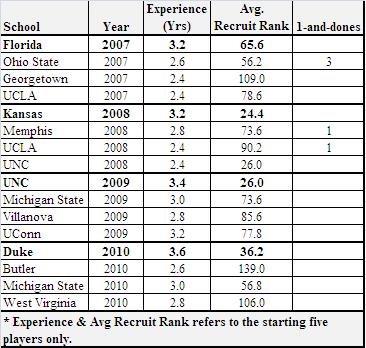








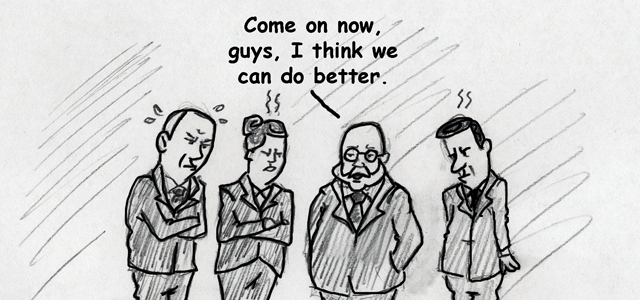

![4380904013555_John_Calipari[1]](http://rushthecourt.net/wp-content/uploads/2009/08/4380904013555_John_Calipari1.jpg)
